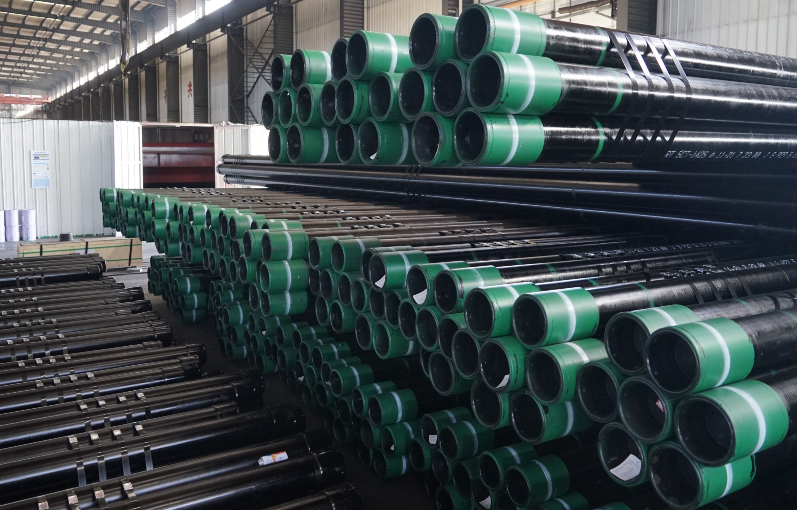
6 Differences between Oil Tubing and Casing Pipe
1. Different purpose
Although oil tubing and casing pipe are both pipes used in oil drilling, their purposes are different. Tubing is mainly used to transport oil and gas, and it is shallow in the well. Casing, on the other hand, is used to support the well wall or wellbore, keeping the wellbore stable and preventing the wellbore from collapsing.
2. Different size
Size: Casing is typically larger in diameter than tubing. Casing is available in a range of sizes, typically from 4 1/2 inches to 20 inches in diameter, while tubing is usually between 1 1/2 inches and 4 1/2 inches in diameter.
Length: Casing is usually longer than tubing, with lengths of up to 40 feet or more. Tubing, on the other hand, is usually between 25 and 30 feet long.Thickness: Casing is typically thicker than tubing to withstand the weight of the overlying rock and the pressure of the fluids it contains. The thickness of casing can vary depending on the depth and pressure of the well, but it is typically between 0.25 and 1 inch. Tubing, on the other hand, is thinner, with a thickness of between 0.10 and 0.25 inch.

3. Different material
Casing is usually made of steel, with the grade and type of steel chosen based on the conditions in the well.
Tubing can be made of steel, plastic, or other materials, depending on the specific application.
4. Different structure
Tubing and casing are also structurally different. The oil pipe is usually made of a light steel pipe with a smooth surface and a relatively simple structure. The casing, on the other hand, needs to withstand more weight and pressure, so it is usually made of thicker steel and incorporates some support structure to increase its stability.
5. Different connection methods
The connections on casing are typically threaded, allowing sections to be screwed together to form a continuous string. Tubing connections can be threaded or welded, depending on the application.
6. Different performance
There are certain differences in the application environment of tubing and casing, so their performance is also different. The oil pipe needs to withstand the impact and corrosion caused by the conveying fluid, so the surface needs to be treated more complicatedly to improve its corrosion resistance and wear resistance. The bushing needs to withstand higher pressure, so it is usually made of more corrosion-resistant materials and strengthened on the surface.
Go here to learn more about "API Standard Tubing and Casing Thread Connection"


